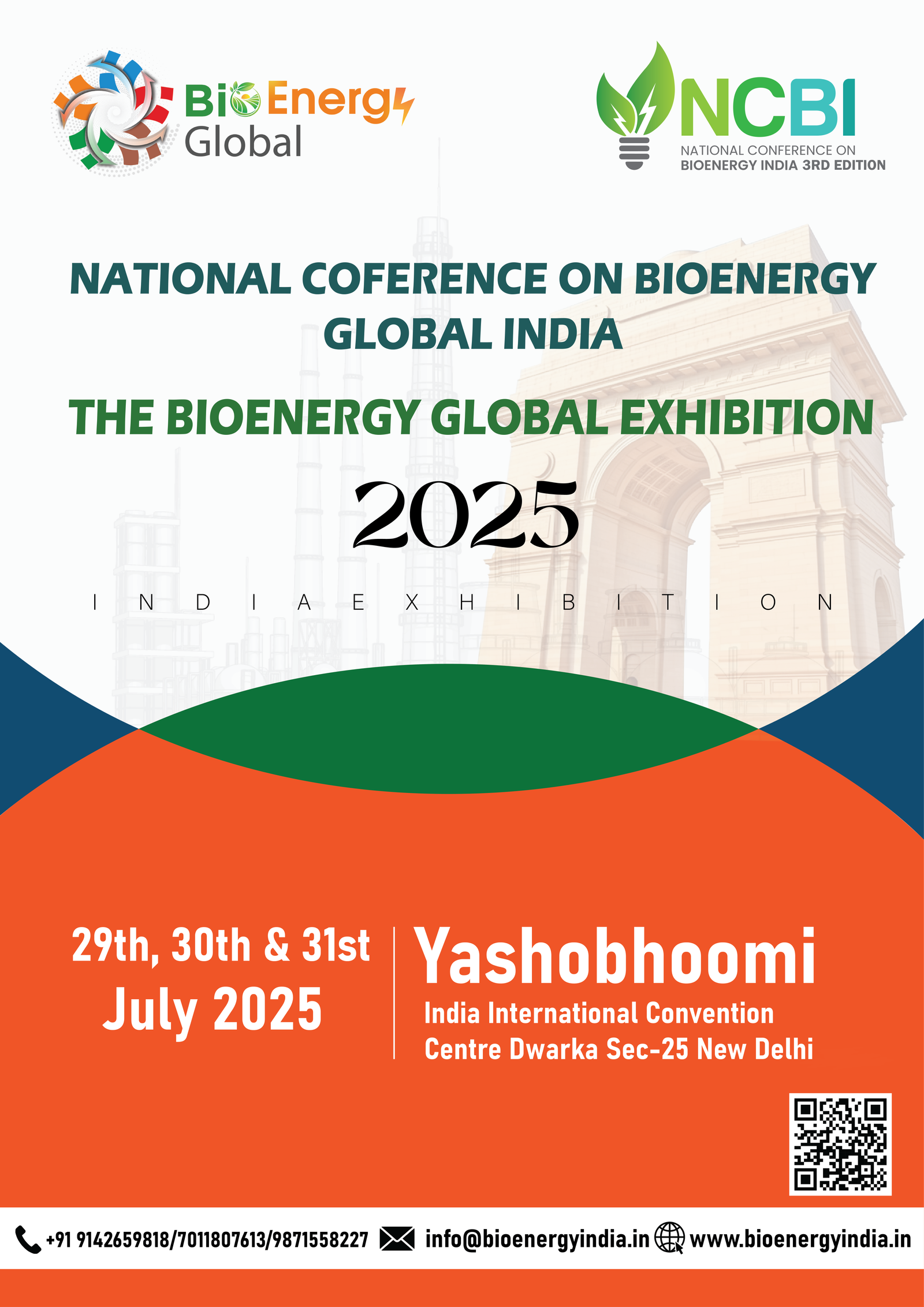India is on track to become a global leader in hydrogen energy production and exports, according to Hardeep Singh Puri, Union Minister for Petroleum and Natural Gas.
Addressing the 6th South Asian Geoscience Conference and Exhibition, Puri highlighted key initiatives that position India for this leadership role. These include hydrogen blending in natural gas pipelines, the local development of electrolyzer-based technologies, and the promotion of bio-pathways for green hydrogen production. “India is poised to become a global champion in hydrogen production and exports,” Puri stated.
He further emphasized that India is on course to become a central hub for green hydrogen, which is increasingly seen as the fuel of the future.
India’s energy demand continues to rise, with current daily consumption standing at 5.4 million barrels, expected to reach 7 million barrels by 2030. Puri noted that 67 million people visit petrol stations daily, which is roughly the combined population of the UK, France, and Italy.
The minister pointed out that India’s fuel demand is growing at three times the global average. Over the next two decades, India is projected to account for 25% of the global increase in energy demand.
Addressing the energy trilemma—availability, affordability, and sustainability—Puri emphasized that India is excelling on all three fronts. He reaffirmed India’s commitment to ensuring energy security through enhanced exploration and production activities.
Despite being the third-largest global consumer of crude oil, India’s exploration sector remains largely untapped. The country possesses 651.8 million metric tons (MMT) of recoverable crude oil reserves and 1,138.6 billion cubic meters (BCM) of recoverable natural gas reserves within its sedimentary basins, which are yet to be fully explored.
Since 2014, India has increased the area under exploration from just 6% of its sedimentary basins to 10%. By 2025, this is expected to rise to 16% with the upcoming rounds under the Open Acreage Licensing Policy (OALP). “Our goal is to expand India’s exploration acreage to 1 million square kilometers by 2030,” Puri said.
The GEO India 2024 conference, expected to attract around 2,000 participants, will feature over 20 conference sessions, four plenary discussions, more than 200 technical papers, and 50+ exhibition booths. Puri expressed his confidence in the innovative capabilities of geoscientists to drive India’s energy revolution, ensuring energy security for all citizens and addressing future challenges.



